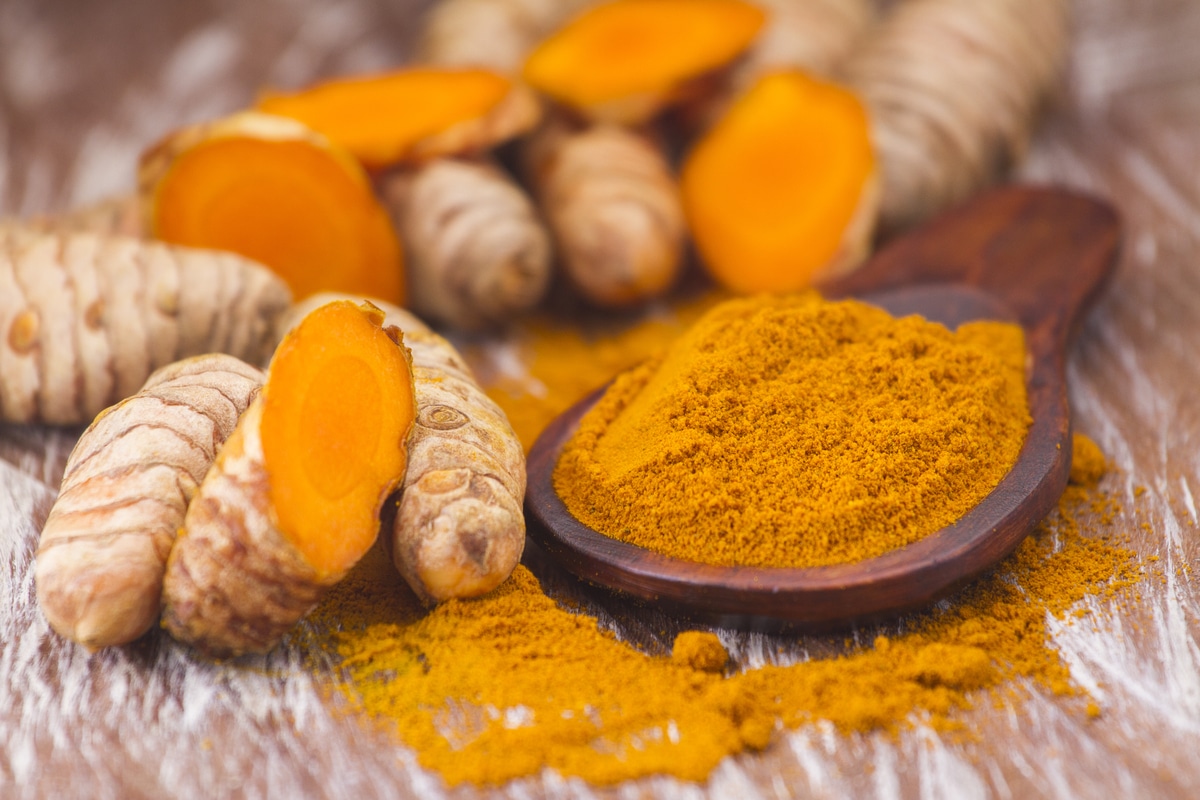Dr. Pastorino graduated in Food and Human Nutrition in Milan. He currently works as a nutritionist in medical offices in the Lower Lodigiano area, illustrating the properties and benefits of turmeric .
Turmeric is a spice long recognized for its medicinal properties , it is a perennial rhizomatous herbaceous plant (Curcuma longa) of the ginger family.
In recent years it has aroused great interest both from the medical / scientific world and from cooking enthusiasts, as it is the main source of curcumin polyphenol , the molecule that gives this spice its typical orange color .

In the various scientific studies carried out over time, the spice and its polyphenol have shown beneficial activities for human health, including:
- Antioxidant activity reduces the formation of free radicals , reactive molecules that lead to premature aging of cells, organs, and systems as well as to the weakening of the immune system .
- Anti- inflammatory activity by preventing the formation of pro-inflammatory molecules, thus playing a role in the prevention for those diseases related to oxidative stress and inflammation.
- Protective activity for the heart and circulation In various studies, the administration of curcumin has led to a reduction in the levels of triglycerides , LDL (low density lipoprotein) and total cholesterol .
- Improvement of the inflammatory state of the person suffering from obesity and type 2 diabetes , improving insulin sensitivity, decreasing the formation of adipocytes.
- Purifying activity for the liver.
- Improvement of skin diseases, such as psoriasis dermatitis.
- Beneficial effects on the intestine and associated pathologies.
- Reduction of arthritis symptoms , mainly pain and inflammation-related symptoms.
In the kitchen we can use turmeric not only to prepare typically oriental dishes, but also to add a sprinkling to our first, second or vegetables.
To increase the bioavailability of curcumin, just grind some black pepper, because its molecule activates piperine , amplifies its activities . The use of extra virgin olive oil also increases its absorption.
The use of the spice in the kitchen is mainly indicated as a preventive approach, but in case of therapeutic needs, we recommend taking titrated supplements .
Marton, LT, Pescinini-e-Salzedas, LM, Camargo, MEC, Barbalho, SM, Haber, JF, Sinatora, RV, ... & Cincotto dos Santos Bueno, P. (2021). The Effects of Curcumin on Diabetes Mellitus: A Systematic Review. Frontiers in Endocrinology , 12 , 443.
Pivari, F., Mingione, A., Brasacchio, C., & Soldati, L. (2019). Curcumin and type 2 diabetes mellitus: prevention and treatment. Nutrients , 11 (8), 1837.
Kotha, RR, & Luthria, DL (2019). Curcumin: biological, pharmaceutical, nutraceutical, and analytical aspects. Molecules , 24 (16), 2930.
Kunnumakkara, AB, Bordoloi, D., Padmavathi, G., Monisha, J., Roy, NK, Prasad, S., & Aggarwal, BB (2017). Curcumin, the golden nutraceutical: multitargeting for multiple chronic diseases. British journal of pharmacology , 174 (11), 1325-1348.
Hewlings, SJ, & Kalman, DS (2017). Curcumin: a review of its effects on human health. Foods , 6 (10), 92.
